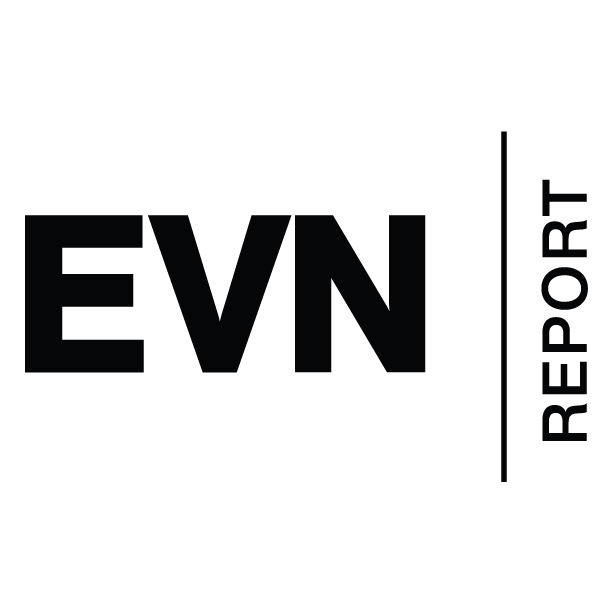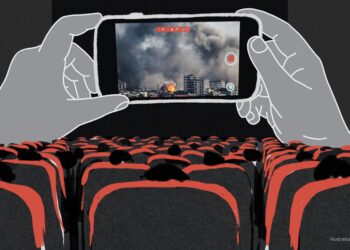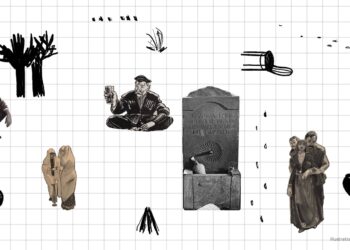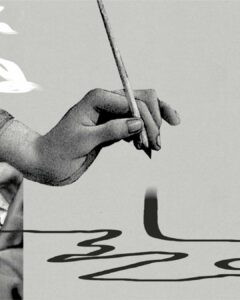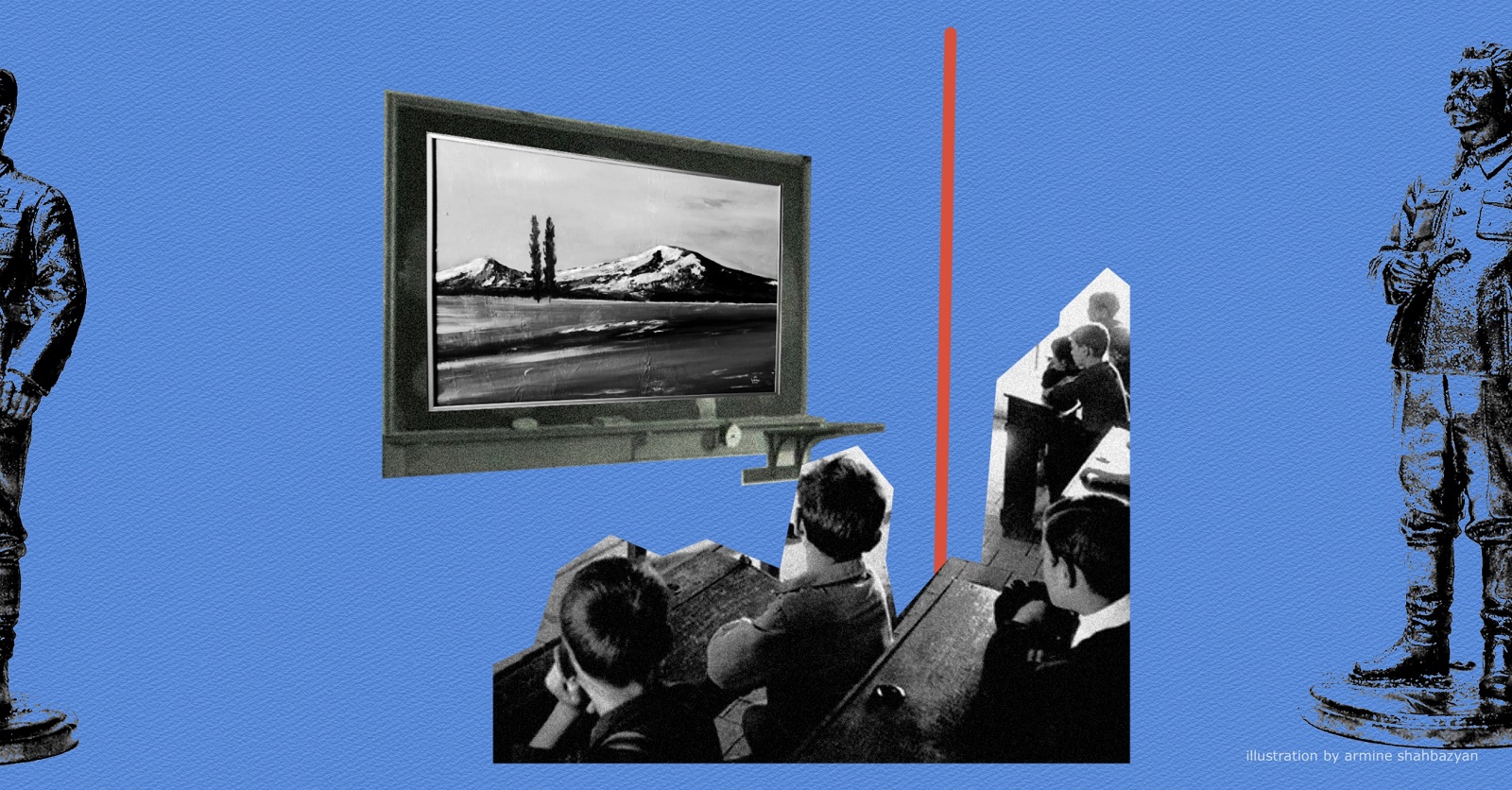

Going forward, all English language articles on EVN Report will have audio versions.
Listen to the article.
The new 7th-grade textbook “Armenian History” by Smbat Hovhannisyan[1] has been under scrutiny for several months now, critiqued not only by academic institutions and individual historians, but also the mass media.
School or university textbooks in post-Soviet countries, including Armenia, have seen minimal changes, with few exceptions. The predefined historical narrative and the list of significant events, heroes and figures have only been slightly modified and the content, with a slight change in tone, has stayed the same. Unfortunately, textbook quality has often declined, and has been burdened by an excess of trivial facts and figures. A new approach to history textbooks is now being attempted.
The most comprehensive review of Hovhannisyan’s textbook was done by the National Academy of Sciences’ (NAS) History Institute. The review notes that the introduction of new educational standards requires the development of textbooks that align with these standards. Hovhannisyan’s work is one such example. The review further states the textbook is “innovative” and “stands out with the positive aspects of its methodological approach.”
The primary failure, however, according to the review, is that “the textbook is quite complicated for 7th grade students, who are having difficulty understanding the complex terminology, do not clearly comprehend the assignments, or fully understand the knotty and complex wording of the material presented in the textbook.” Additionally, the textbook contains numerous errors and typos. The author, Hovhannisyan, has agreed with some of the criticism, while disputing other points. Scholars recommend that the textbook undergo revision prior to being introduced to schools.
Beyond academic debates, there is also an ideological campaign against the textbook, particularly in the media. A notable criticism is the absence of an image of Mount Ararat in the textbook. Historian Ruslan Tsakanyan, who is a senior researcher at the Institute of Oriental Studies of the National Academy of Sciences, says that this is clearly a state sanctioned decision aimed at denying students “the dream of the HISTORICAL motherland. If there is no Masis, there is no dream.”
The textbook’s portrayal of the Armenian Church’s history has also drawn criticism. The Mother See has expressed its displeasure, arguing that the book contains several key errors that “do not allow for national and quality education and upbringing of generations.”
It should be noted that the Armenian historiographical community has faced criticism from many Western, Russian, and Armenian researchers for curtailing intellectual freedom. This recent statement by the International Society of Armenian Studies reads, “We, the undersigned scholars and supportive cultural-educational organizations, deplore the recent activities and statements of certain individuals and groups that aim at discrediting the reputation and work of Armenian studies scholars and scholarship, especially in the United States… The current attacks are based on gross distortions and intellectual dishonesty.”
The campaign against the 7th grade “Armenian History” textbook is part of a larger schism that pits Armenian studies scholars in Armenia against those in the West. The differences between these two schools stem from their formation in distinct political environments: the Soviet realm and the liberal West.
The trajectory of Soviet historical scholarship significantly diverged from its Western counterpart. Ideology played a crucial role, although it was not consistent and evolved through various stages – from revolutionary Bolshevism to Stalinist totalitarianism, finally settling into authoritarian conformism. This conformism, which took on a national conservative character, continued to dominate historical scholarship in the post-Soviet era.
Following the Bolshevik revolution, primary schools became a platform for revolutionary transformations. The subject of history serves as a stark example. History was not part of the Soviet Armenian curriculum until the early 1930s. Instead, social studies were taught, focusing on human origins, family, work and class struggle.
The first major wave of persecution of historians in the Soviet Union began in 1929. This was when the “cleansing” of the Academy of Sciences of the USSR’s personnel began, leading to mass layoffs. Later that year, arrests of historians commenced as part of the “academic operation”.
Persecution reached Armenia as well. Ado Adoyan’s article, “Against the Harassment of Anti-Lenin Ideology,” published in the second issue of “Nor Ughi” magazine in 1931, served as a signal. The author stated, “A portion of Armenia’s intelligentsia, including several representatives of both old and new professorship, initiated a distinctly reactionary, fundamentally Kondratevian, openly nationalist-bourgeois campaign against Marxism-Leninism.” These “representatives” included Hakob Manandyan, Hrachya Acharyan, Manuk Abeghyan and others.
In 1934, a special commission was created by the Politburo’s decision, led by Zhdanov, to supervise the competition for new history school textbooks. But it was unclear what it should look like. To address this, Stalin, Kirov and Zhdanov published, “Notes on the concept of the new history textbook,” marking the first attempt to revive the idea of patriotism. Previously persecuted “bourgeois historians” were now deemed essential for propagating Stalin’s ideas.
Numerous projects were submitted to the competition, with the textbook from a lesser-known group of historians, led by Professor Shestakov, becoming the eventual “winner”. This textbook, recommended for both fourth grade and high school students, underscored the importance of historical continuity. It glorified prominent Russian figures like Ivan the Great and Peter I, provided a clear, schematic account of post-revolution events (such as the Bolshevik party’s defeat of the “traitors”), and concluded with advice for students to vigilantly monitor “all suspicious people.”
The evidence suggests that Joseph Stalin was not just an editor of this textbook but also a co-author, so great was his influence. In later years, especially after the Second World War, Stalin would further tighten his control over historical scholarship.
In the mid 1940s and early 1950s, party directives instructed historians to preserve the unity of the USSR. This meant combating local nationalisms and extolling the past achievements of the Russian people. The concept of historical sciences changed, replacing the then prevalent “lesser evil” characterization of the unification of nations with Russia, with the principle of “absolute good.” This new directive was validated at the XIX Congress of the Communist Party in 1952.
Consequently, historians were instructed to avoid discussing the traumatic history of non-Russian peoples’ revolts against their conquerors, their heroic struggle against occupation, and the violent annexation methods used by Russia.
Post-war ideological campaigns played a crucial role in shaping the new notion of historical scholarship.
One of the primary campaign ideologies was the “struggle against bourgeois objectivism.” A Soviet scientist was expected to possess a “Bolshevik spark and a fighting spirit, using sharp sarcasm and irony against enemies of Marxist-Leninist philosophy.” This attitude should be reflected in “exposing criticism”, which is filled with disdain for bourgeois philosophy and scholarship. This led to the creation of two opposing camps in historiography, differing not only in ideology but also in methodology, expression and style.
This is especially evident in Armenian studies, where there is a clear distinction between Armenology from Armenia, which is “patriotic” and “nationalistic”, and “Western Armenology”, which tends to exhibit “bourgeois objectivism” and leans towards cosmopolitanism. These were two opposing and incompatible discourses, destined for unending, irreconcilable and endless disagreement.
The campaign’s next phase was the “fight against cosmopolitanism,” aimed at those diminishing Russian philosophy, culture, science and history. For national republics, this entailed combating “the unified current,” which had significant consequences in Armenia. This involved juxtaposing the two currents of the national liberation struggle: the bourgeois and the democratic. Raffi and Rafael Patkanyan found themselves on one side of this divide, with Mikael Nalbandyan and Ghazaros Aghayan on the other.
The relationship between Stalinism and the intelligentsia was complex. The state oppressed and sought to co-opt intellectuals. Over time, many scholars, sometimes reluctant but often willingly, embraced Stalinist ideology and actively contributed to its propagation. This resulted in a Stalinist-type intelligentsia. They were able to adapt to party decisions, incorporate Marxist classics in their work, and carve a space for Stalin’s views on national issues.
Stalin’s ideas continued to influence historical scholarship long after his death, throughout both the Soviet and post-Soviet periods. Many domains experienced the positive effects of de-Stalinization and de-totalitarianization after his death, except for two interrelated spheres. One is historiography, while the other is Stalin’s theory of nations, which resisted all attempts at revision, both during the Soviet era and afterwards.
Modern theories of nations (E. Geller, B. Anderson, E. Smith, etc.) did gain traction in post-Soviet Armenia, but they had no impact on either school or university textbooks. Rather, they were heavily criticized by academic and related circles in the country, as in the instance of historian Ronald Suni’s constructivist approach to the formation of nations.
Armenian historical scholarship is now attempting to shed its Soviet-Stalinist ideological framework and adopt new methodologies and theories. However, ongoing debates suggest that this transformation will be a lengthy and challenging process.
Footnotes:
[1] Smbat Hovhannisyan, Masnaktsayin Dprots, 2023, p. 176
Et Cetera
From Artsakh to Gaza, No One Will Be Free
An Armenian film, “1489” won the Main Jury and the International Federation of Film Critics prizes at the International Documentary Film Festival of Amsterdam in 2023 amid upheaval and controversy that triggered a series of withdrawals and boycotts of the festival for its perceived silence regarding Israel’s invasion of Gaza.
Read moreTwo Films From One Fountain
The juxtaposition of two cinematic adaptations of the same literary work reveals polar perceptions of history, tradition, national culture and lifestyle. And by doing so, it indicates that the boundaries of "Armenian cinema" are much wider than they seem.
Read moreThe Now of Literature, After the War
How does war shape the collective narrative? How have Armenian writers since the 1990s approached the impact of multiple wars? Mariam Aloyan looks at Armenian “war literature” spanning generations and decades.
Read moreThe Russian “Gift of Civilization” to Armenia: “Relocant” Edition
The unprecedented influx of Russian citizens due to the Russia-Ukraine war into states that were under Moscow’s rule for centuries, is often locally perceived as endangering the identity and undermining the independence of these states. Maria Gunko explains.
Read moreThe Experience of Alienation in Atom Egoyan’s Films
Film critic Alexander Melyan takes the reader on a journey of Atom Egoyan’s films that explore complex narratives including the immigrant experience, nostalgia, the search for home and longing for a lost homeland.
Read moreThe Unsettled Frame: The Quiet Politics of Hagop Hagopian’s Art
Through his art, Hagop Hagopian was changing the lens on the idea of Armenia as a mythical topos, an atavistic construct of the Armenian paradise. Instead he presented a land of extreme harshness and desolation in which life can happen only as a product of tremendous effort and unconditional belief.
Read more